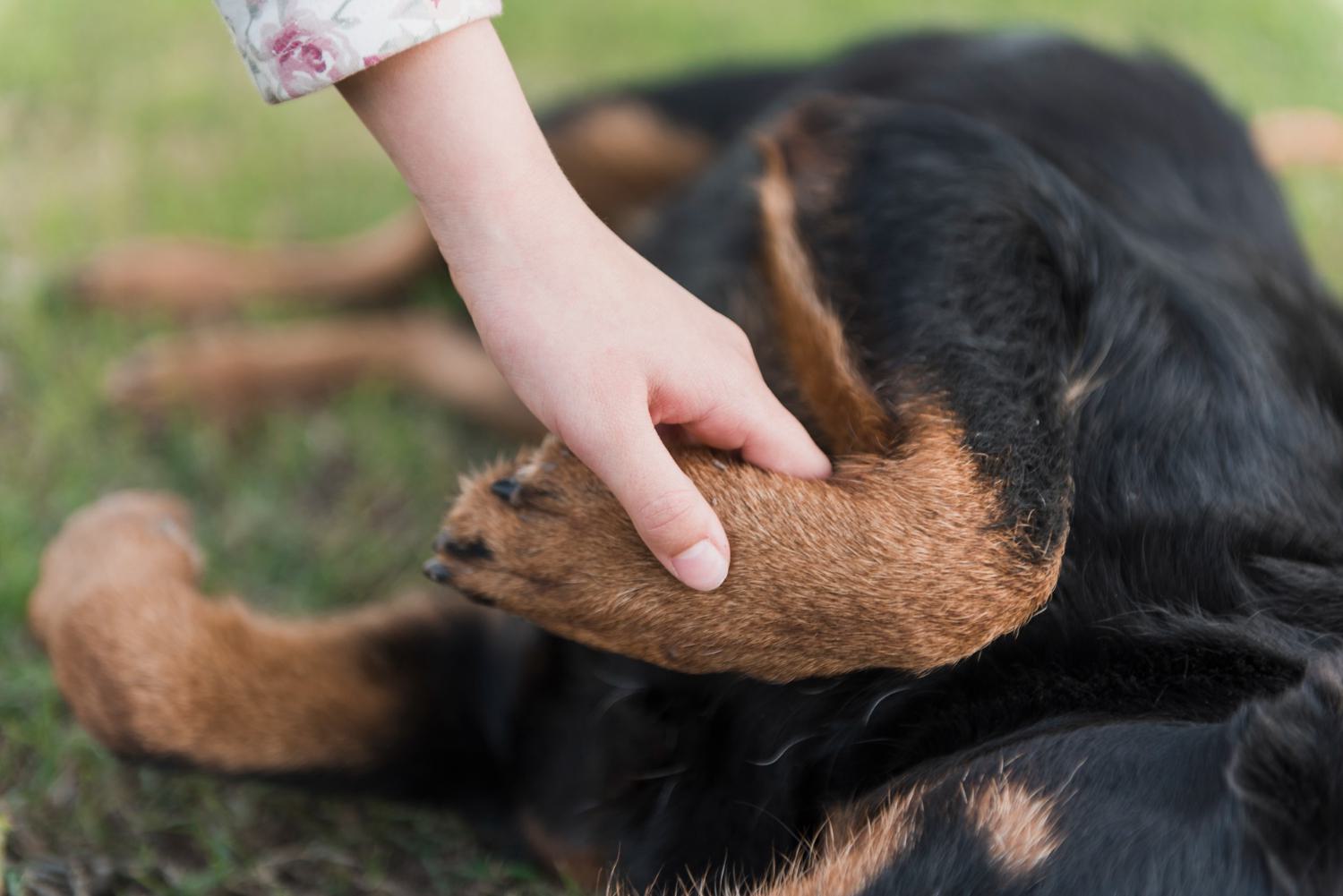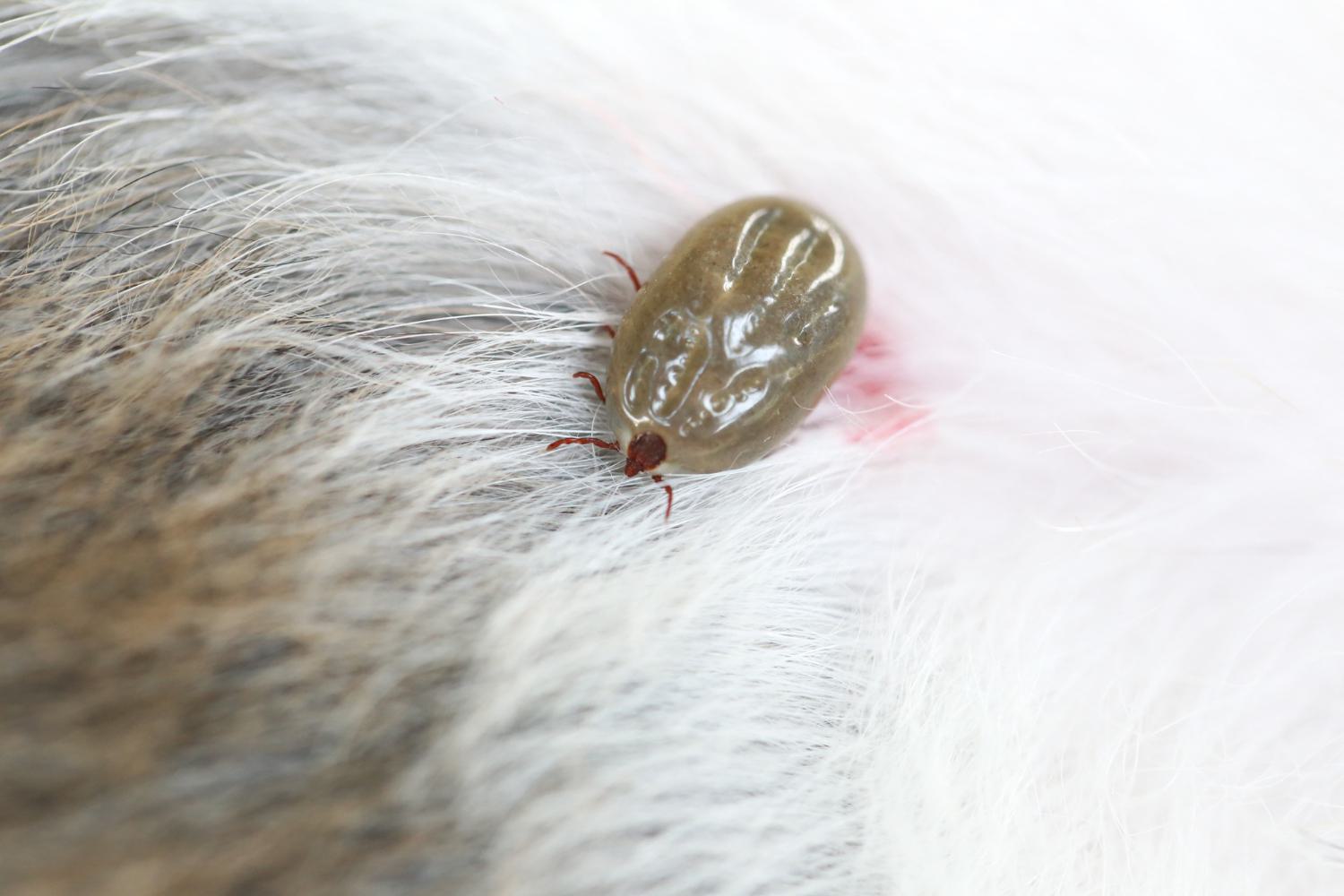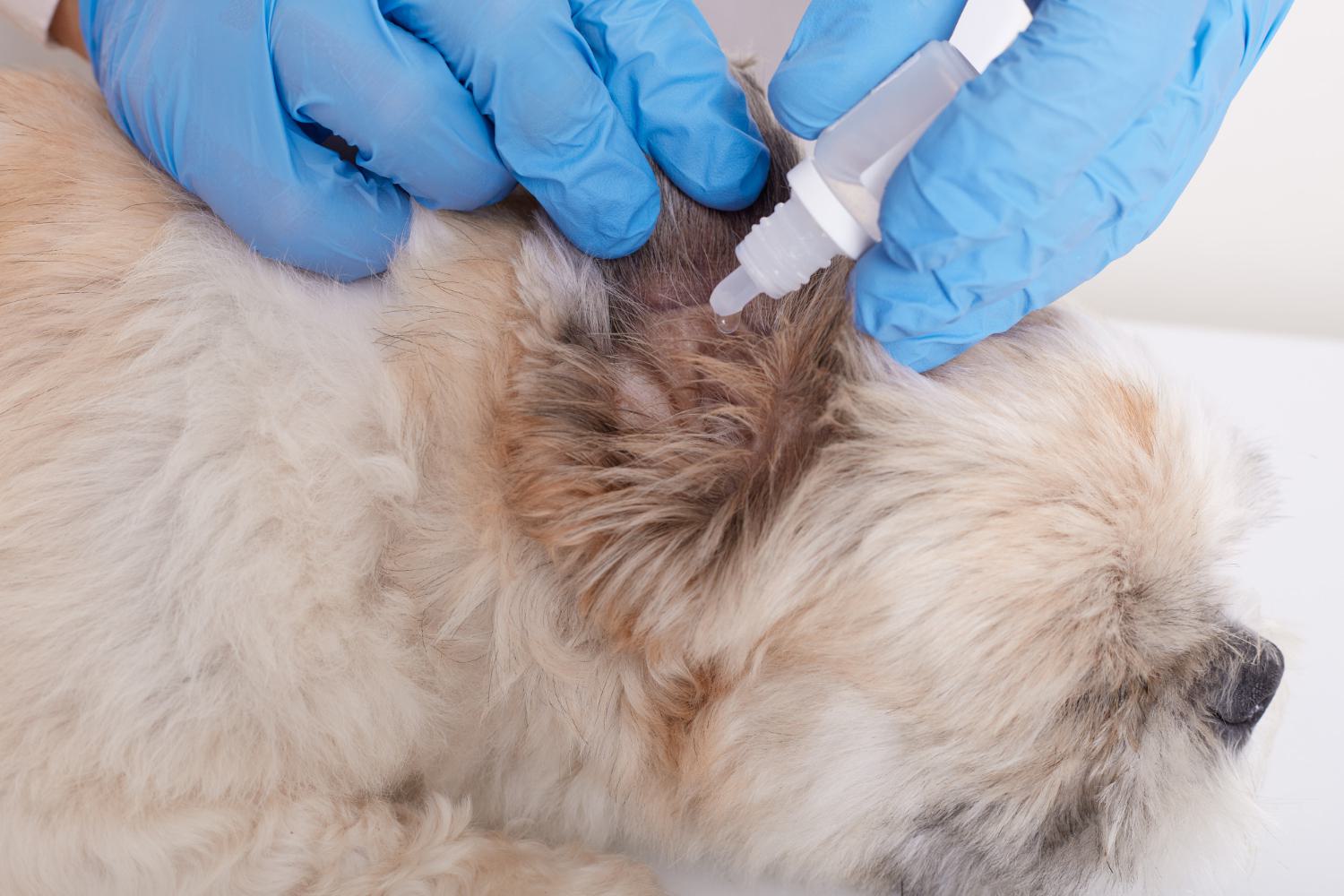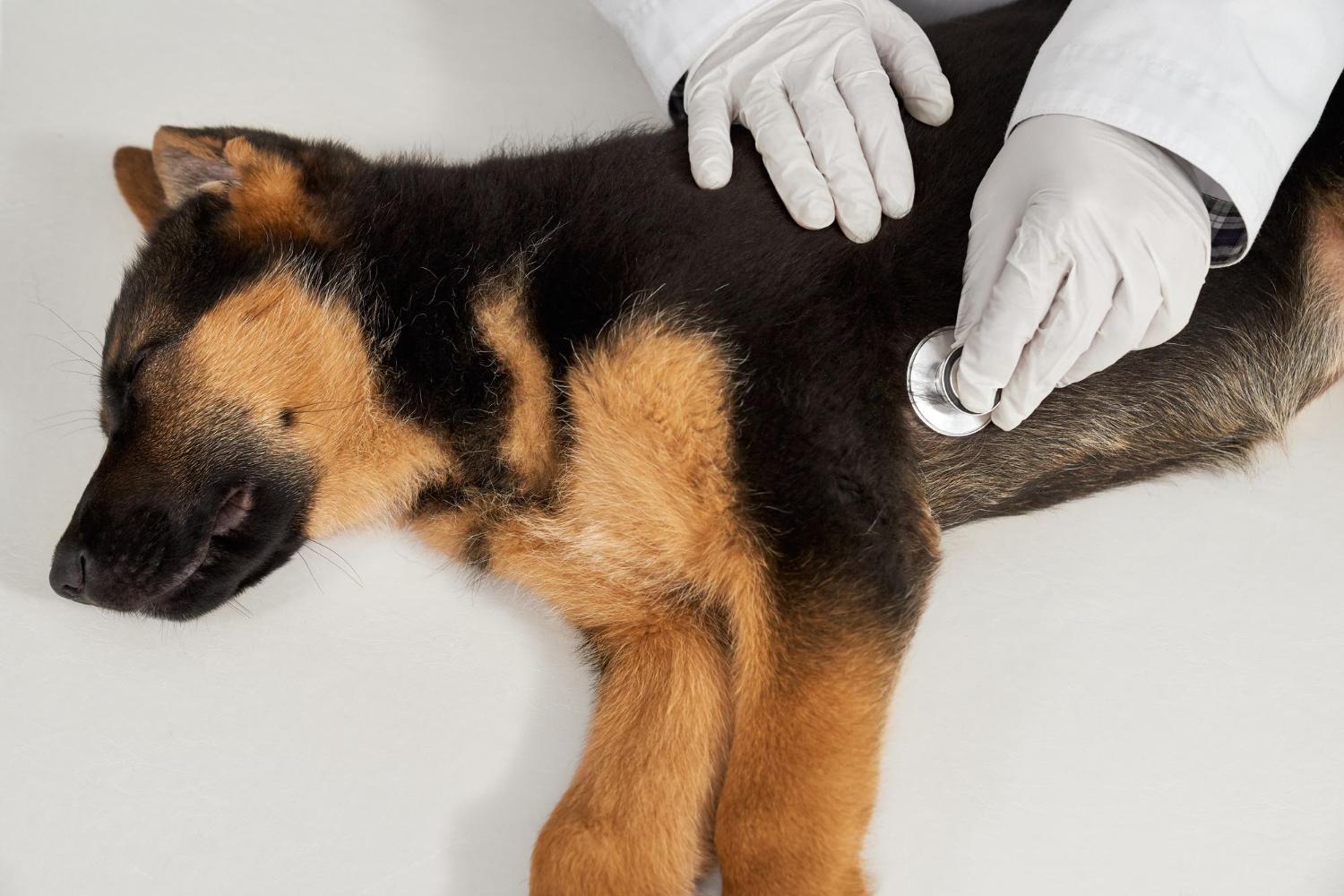Lyme Disease in Dogs: Expert Advice for Owners

By Evelyn Harcourt
février 17, 2025 - 1 min read
Lyme Disease has become more of a concern for UK owners in recent years, with the number of confirmed cases steadily increasing over the last four decades. Dogs are infected when bitten by a tick carrying the Borrelia burgdorferi bacterium, and a lack of treatment can result in lifelong implications.
This article explores canine Lyme disease and discusses the symptoms to be aware of, how a diagnosis is made, and what can be done to treat it. Educating yourself and taking preventative steps can significantly reduce your pets’ risks.
What is Lyme Disease in Dogs?
Lyme disease is a bacterial infection; the tick acts as a vector. In the UK, the Ixodes ticks are the genus implicated. Humans and dogs are both susceptible, as are wildlife, including deer and rodents, which act as reservoirs for the disease.
One well-recognised sign in humans is a ‘Bull’s Eye rash’ (Erythema migrans), where the tick has bitten. However, dogs are generally not going to develop a rash, which makes this condition trickier to diagnose.
How Dogs Contract Lyme Disease
Dogs can be exposed to ticks outside, particularly when walking through woods and vegetation like long grass. The tick must carry the infection for it to pose a risk, and it must be attached for at least 24 hours before it can transmit Lyme disease.
If the tick is not quickly removed, it begins to suck the dog’s blood and can potentially transmit tick-borne diseases, such as Lyme disease.

Symptoms and Signs of Lyme Disease in Dogs
Detecting Lyme disease early on is crucial for the treatment to be successful. Being aware of the signs can make a big difference to your dog's recovery.
Early Symptoms
The first signs you may notice include lethargy, swollen lymph nodes, a fever, and intermittent lameness. This lameness generally affects different limbs and is known as a ‘shifting’ lameness.
Some patients will experience a stomach upset, but vomiting and diarrhoea in dogs can have a wide range of causes.
Advanced Symptoms
As the dog’s condition worsens, symptoms become more pronounced. They may experience chronic lameness, severe joint stiffness, and a reluctance to exercise. The affected joints may even be warm and swollen due to the resulting arthritis.
Some dogs will go on to develop kidney damage, heart disease, and/or neurological problems, which can present as a change in thirst, weight loss, a cough, behavioural changes, or even difficulty walking.
These more severe signs can come on rapidly, and it is important you contact an emergency vet if your dog suddenly deteriorates.
When to Seek Veterinary Help
If your dog becomes unwell after tick exposure, there is a chance of tick-borne disease, and it is important to have it assessed by a veterinarian.
Diagnosing Lyme Disease in Dogs
We may initially suspect Lyme disease based on the signs the dog is showing and their exposure history.
Veterinary Testing Methods
If Lyme disease is suspected, there are specific tests we can run. The most common test in the UK is the 4DX Snap Test, which is well-liked as it provides rapid in-house results from a small blood sample.
It tests for Lyme disease and other tick-borne diseases, including Anaplasmosis and Ehrlichiosis.
It may also be advised that your dog have more specific tests run, such as a PCR blood test to check for the presence of Borrelia burgdorferi DNA. Joint fluid may also be sampled for those with joint disease.
Differential Diagnosis
A few conditions can be mistaken for Lyme disease depending on the clinical signs. These include other tick-borne infections (such as Anaplasmosis), septic arthritis, and cellulitis.

Treatment Options for Lyme Disease in Dogs
Regarding therapy, it is important to try and reach a diagnosis and provide treatment early on. This helps stop the spread of the bacteria.
Antibiotic Therapy
Antibiotic use is the cornerstone of therapy, and we generally prescribe Doxycycline for a minimum of four weeks.
Supportive Care
Those with joint pain should be issued pain relief and anti-inflammatories.
Patients who are very unwell may need to be admitted to the clinic for intravenous fluids and assisted feeding, as well as medicine, to reduce any fever or nausea.
Monitoring and Follow-Up
It’s advised to schedule a blood test several months after the antibiotic therapy has finished to ensure it successfully eradicates the bacteria.
Prevention Strategies for Lyme Disease in Dogs
Thankfully, there are many ways to minimise the risk of your dog becoming infected.
Tick Control Measures
Ticks spread Lyme disease, so we want to do what we can to prevent dogs from being bitten by ticks. This can mean avoiding areas that are heavily tick-infested (like woodlands where deer roam) and using products such as tick collars (like Seresto) or spot-ons (such as Frontline).

Environmental Management
Closer to home, it makes sense to keep your grass and bushes trimmed short, and to clear away any piles of leaves or vegetation.
If deer come nearby, keep them out of your garden with a sturdy fence. You may also consider planting some tick repellent plants, like lavender or rosemary.
Vaccinations
Though not commonly done in the UK, your dog can be vaccinated. This vaccine must be kept up to date every year and should be considered in high-risk dogs.
Regular Tick Checks
Ticks need time to transmit disease, so early tick removal can prevent Lyme disease. For this reason, get into the habit of checking your dog over when it comes indoors. Ticks especially like to attach to places like the ears, face, neck, belly, and toes.

Expert Tips for Managing Lyme Disease in Dogs
Some dogs who have a severe infection or who are diagnosed late may find Lyme disease challenging to treat.
Regular Veterinary Check-Ups
These patients should be seen frequently to monitor their symptoms and ensure they cope well.
Those with tick nephritis may require long-term medicine to prevent protein loss in the urine and to manage their blood pressure. Blood and urine tests will be repeated to assess how your dog is coping.
Maintaining a Healthy Lifestyle
A good-quality diet will support your dog’s overall health and immune system, ensuring it gets all the necessary micronutrients. Antioxidants can help reduce inflammation, while omega-3 fatty acids support the joints.
Light to moderate exercise is important to maintain muscle mass, but don’t overdo it if your dog has joint disease or discomfort.
Do what you can to reduce stress in your dog’s environment, providing plenty of opportunities for them to rest and relax. If they live alongside other dogs or cats, try to give them some time alone, their own safe space and sanctuary.
Educating Yourself and Other People
Consider spreading awareness in your community, especially if it is a location with a high tick population. Talk to other dog owners about signs of Lyme disease and how it can be prevented.
The power of social media should not be underestimated, and you may want to warn others in your local Facebook group if your dog develops a confirmed infection.

Get Further Advice for Dogs With Lyme Disease
The signs of Lyme disease may present insidiously or make your dog unwell quickly. Don't hesitate to contact us if you have any concerns for your furry friend or are worried an infected tick could have bitten them.
Continue reading

Is Excessive Drooling An Emergency for Dogs?
Excessive drooling in dogs: causes, red flags, and when to call the vet.
Read article
Cat Tail Shaking: Is it an Emergency?
Learn whether your cat's tail shaking is normal, a warning, or urgent.
Read article
Eclampsia in Dogs: Symptoms, Causes and Treatments
Spot eclampsia fast, symptoms, causes, and vet treatments to protect mum and pups.
Read article